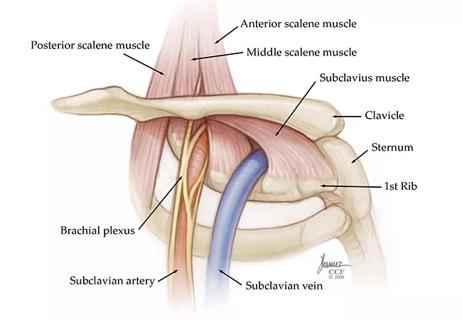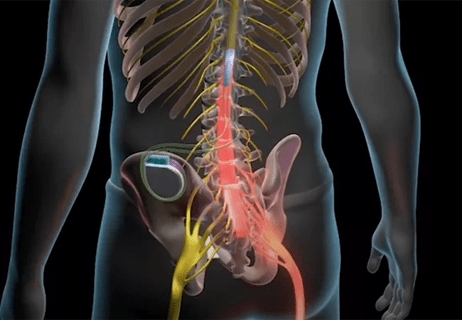Explore three opioid-induced endocrine imbalances

Do you have patients with suspected hormone deficiencies? Are you concerned about the potential side effects of their pain medication regimen?
Advertisement
Cleveland Clinic is a non-profit academic medical center. Advertising on our site helps support our mission. We do not endorse non-Cleveland Clinic products or services. Policy
Modern medical practice doesn’t just use medicine to treat symptoms. Doctors are now more focused on analyzing the side effects that patients are experiencing and adjusting treatment plans accordingly. If needed, physicians can prescribe additional medications that are designed to treat unpleasant side effects, including hormone imbalances.
To maximize patient outcomes, both doctors and patients should discuss the side effects of pain medication, especially opioids. “Experts from Cleveland Clinic’s Department of Pain Management are trained to help physicians from other areas, including general practice and endocrinology, select pain treatment strategies that minimize potential or actual hormonal imbalances,” explains pain management specialist Robert Bolash, MD. “Using comprehensive testing and unique treatments, our multidisciplinary approach to pain management helps bring patients back into balance, improving their overall quality of life.”
In general, people with chronic pain tend to suffer hormone-related complications. For example, long-term pain creates elevated levels of cortisol, the primary stress hormone. Excess cortisol can lead to many complications, including osteoporosis, obesity, depression, headache, immune deficiencies and sleep issues.
Osteoporosis, for example, may develop in patients with chronic pain whose elevated cortisol levels prevent calcium from being absorbed by their bony tissues. Osteoporosis often damages the bones in the spine, increasing pain and the risk of bone fracture.
Advertisement
Since many vertebral compression fractures can’t be immobilized, patients may severely restrict their movement to reduce the pain. “Unfortunately, immobility promotes a continuous cycle of back pain that leads to additional bone loss and more susceptibility to fracture,” says Dr. Bolash.
Patients with chronic pain may be prescribed opioids to manage pain. The long-term use of these pain medicines may accelerate the hormone imbalances that chronic pain sufferers are already susceptible to. According to the BMJ, opioids affect the hormone levels of 21–86 percent of male and female patients. Consider the following hormonal impacts of opioid use:
Patients may be reluctant to share information regarding their sex life or mood. And physicians may be hesitant to bring up these topics with patients. “Understanding sexual side effects and mood-related symptoms is key to uncovering hormone issues related to chronic opioid use,” notes Dr. Bolash. “That’s why it’s so important for physicians to take the lead in asking about these potentially taboo topics to get patients the help they really need.”
Advertisement
Cleveland Clinic utilizes sophisticated blood tests to analyze hormone levels in patients based on their established sleep and wake cycles. Using the test results, specialists can tailor therapy to balance hormone levels. For example, men with decreased testosterone levels have found that testosterone supplementation may help to restore and maintain their mood and libido. Replenishing this sex hormone is also known to decrease pain sensitivity in men, but can be costly and may increase the risk of cancer.
In addition to balancing hormones, pain management experts may modify medication dosage or delivery for improved results. For instance, patients may be given an implantable device designed to release an opioid medication in a targeted area, delivering only a fraction of the dose prescribed orally.
This reduction can minimize the hormonal side effects in some patients. Alternatively, using interventional pain procedures, nonopioid analgesics or neuromodulation may permit patients to diminish or eliminate the need for opioid medications.
“Our goal is to treat the exact pain diagnosis and tailor the treatment plan to the specific needs of the patient,” explains Dr. Bolash. “If hormonal side effects result, we work quickly to identify the problem and modify treatment to normalize the patient’s health.”
Advertisement
Advertisement

Researchers seek solutions to siloed care, missed diagnoses and limited access to trauma-informed therapies

Study participants also reported better sleep quality and reduced use of pain medications

Two-hour training helps patients expand skills that return a sense of control

Program enhances cooperation between traditional and non-pharmacologic care

National Institutes of Health grant supports Cleveland Clinic study of first mechanism-guided therapy for CRPS

Pain specialists can play a role in identifying surgical candidates

Individual needs should be matched to technological features

New technologies and tools offer hope for fuller understanding